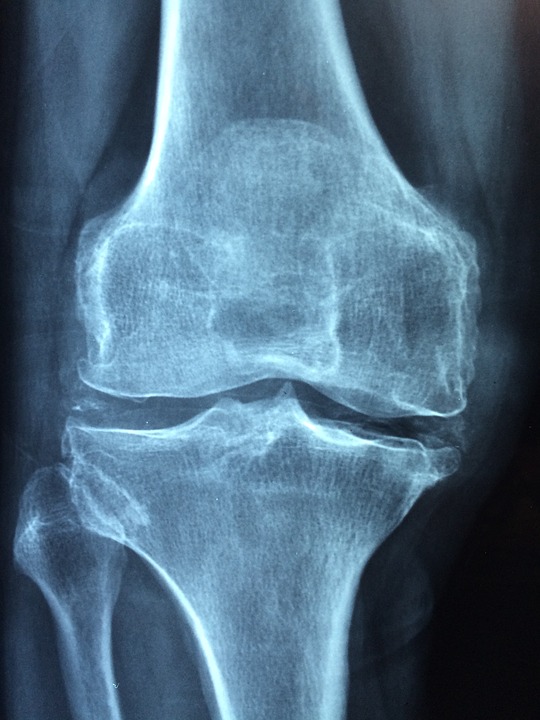
When joints flare up in people with rheumatoid arthritis and related diseases, the joints involved are often the same as those affected before. For example, if arthritis started in the right knee, it is much more likely to flare there than in the left knee, even if the arthritis had been in remission for years. As a result, each patient develops a highly individual disease pattern. But why this happens has remained a mystery.
“Overwhelmingly, flares occur in a previously involved joint,” says Peter Nigrovic, MD, chief of the division of immunology at Boston Children’s Hospital. “Something in that joint seems to remember, ‘this is the joint that flared before.’”
A new study, co-led by Nigrovic with colleagues at Boston Children’s and Brigham and Women’s Hospital, shows where that memory is housed: in a type of immune cell called a tissue-resident memory T cell. Specifically, these T cells reside in the synovium, the tissue that lines the inside of the capsule surrounding the joint. Findings were published October 26 in Cell Reports.
“We showed that these T cells anchor themselves in the joints and stick around indefinitely after the flare is over, waiting for another trigger,” says Nigrovic. “If you delete these cells, arthritis flares stop.”
The team demonstrated this phenomenon in three separate mouse models of inflammatory arthritis. Two models used chemical triggers to cause joint inflammation, and the third used a genetic trigger (loss of a protein that blocks the pro-inflammatory cytokine IL-1). Once activated, resident memory T cells in the joints rallied other immune cells, leading to an arthritis flares limited to specific joints. Elimination of these T cells blocked additional flares from occurring.
“Right now, treatment of rheumatoid arthritis has to continue lifelong; although we can successfully suppress disease activity in many patients, there is no cure,” says Nigrovic. “We think our findings may open up new therapeutic avenues.”
Nigrovic also believes the findings apply to other types of autoimmune arthritis, including juvenile idiopathic arthritis. Margaret Chang, MD, PhD, an attending rheumatologist at Boston Children’s and co-first author on the paper, is leading an effort to find practical ways of targeting tissue-resident memory T cells in humans.
Nigrovic and colleagues took their cue from dermatology. Tissue-resident memory T cells were originally found in skin, where a “memory” pattern is well known to dermatologists. In psoriasis, for example, patients get plaques in same places over and over. The same is often true in cutaneous hypersensitivity reactions, such as reactions to nickel from jewelry or wristwatches. “A person reacting to nickel through a belt buckle may also develop a rash on their wrist, where they wore a nickel-containing watch as a child,” says Nigrovic.
Anaïs Levescot, PhD, a previous postdoctoral fellow in the Nigrovic lab, is co-first author on the paper with Chang. Nigrovic and Robert Fuhlbrigge, MD, PhdD of Children’s Hospital of Colorado (formerly Boston Children’s) conceptualized the T resident memory cell hypothesis together and are co-corresponding authors.
The work was enabled by a philanthropic gift from Jacqueline and Stuart Arbuckle. Other funders were the Rheumatology Research Foundation, the National Institute of Allergy and Infectious Diseases, the National Institute of Child Health and Human Development, the National Institute of Arthritis and Musculoskeletal and Skin Diseases, the National Center for Advancing Translational Sciences, the National Cancer Institute, the National Heart, Lung and Blood Institute, the American Academy of Neurology, the Arthritis National Research Foundation, and the Fundación Bechara.



